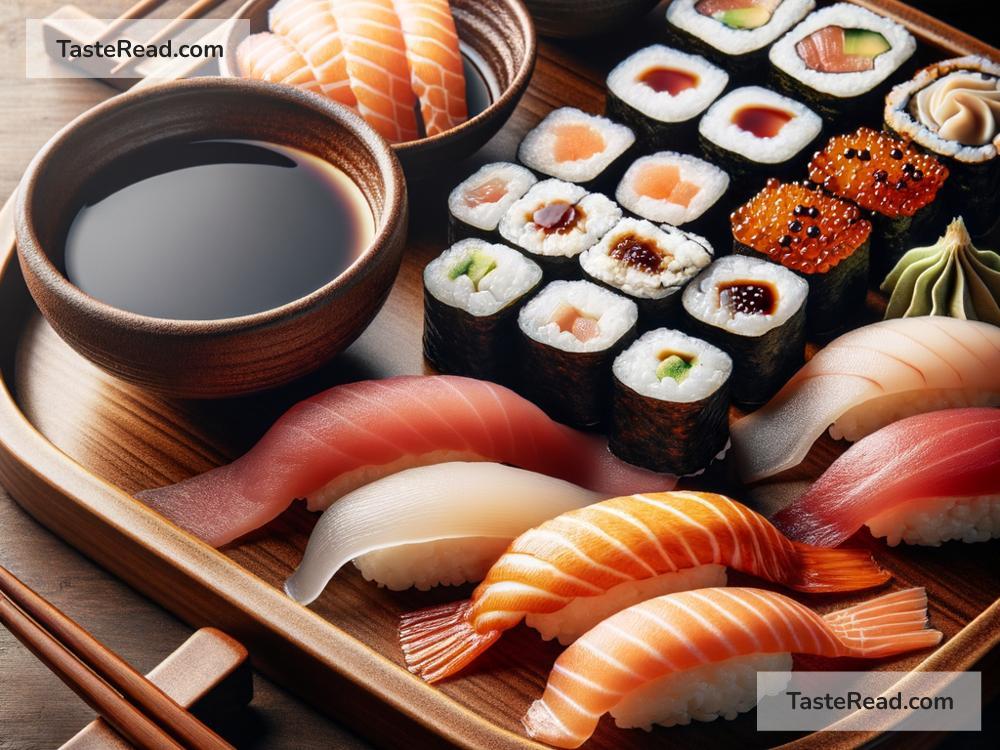How the Japanese Sushi Became a Global Cuisine
When we think about global cuisine, a few names pop right into our heads, and sushi is undoubtedly one of them. This Japanese dish, known for its delicate balance of flavors and artistic presentation, has captured the hearts (and stomachs) of people all over the world. But have you ever wondered how sushi transformed from a traditional Japanese delicacy to a global phenomenon? Let’s dive into this fascinating culinary journey.
A Bite of History
Sushi’s origins can be traced back to Southeast Asia, where the method of fermenting fish with rice was first discovered. This technique eventually made its way to Japan, where it underwent several transformations over the centuries. Initially, sushi was a means to preserve fish rather than a meal itself. However, by the Edo period (1603-1868), sushi as we know it began to take shape. It was during this time that sushi started being served in a form that combined vinegared rice with fresh fish, creating a dish that was both delicious and quick to prepare. This early form of sushi, known as ‘nigiri sushi’, became extremely popular among the Japanese people, particularly in bustling Edo (now Tokyo).
The Journey Overseas
So, how did sushi make its way from the streets of Edo to restaurants and kitchens worldwide? The answer lies in the waves of Japanese immigration, especially to the United States, during the late 19th and early 20th centuries. Japanese immigrants brought their culinary traditions with them, opening the first sushi restaurants outside Japan. However, it wasn’t until the latter half of the 20th century that sushi began to gain international popularity.
The 1960s and 1970s marked a significant turning point. With global travel becoming more accessible and people becoming increasingly adventurous with their food choices, sushi started to attract attention outside the Japanese community. Additionally, the health-conscious movement of the 1980s played a crucial role. Sushi, being viewed as a healthy dining option, started to appear in mainstream food scenes, particularly in cosmopolitan cities like Los Angeles and New York.
A Global Love Affair
The real global conquest of sushi, however, was facilitated by two key developments: the rise of global media and the advent of globalization. Japanese culture began to spread across the world through movies, TV shows, and later, the internet. This exposure, combined with a growing appreciation for global cuisines, fueled an unprecedented interest in sushi. Restaurants sprang up in cities and towns far removed from Japan, each trying to put their unique spin on this traditional dish.
What’s fascinating is how sushi has been adapted around the globe. For instance, the California Roll, an inside-out roll with crab meat, avocado, and cucumber, was developed in the United States to cater to western palates. Similarly, in Brazil, where a large Japanese community resides, sushi incorporates local flavors and ingredients, such as tropical fruits.
Continued Innovation
Today, sushi is not just a food; it’s an art form and a testament to the globalization of cuisine. From high-end sushi bars where chefs are considered culinary maestros to the conveyor belt sushi spots that offer a more casual dining experience, sushi has something for everyone. Moreover, the introduction of sushi-making classes, online tutorials, and instant sushi kits has demystified sushi, making it accessible to anyone interested in exploring this fascinating cuisine.
What truly marks sushi’s success on the global stage is its adaptability. It has shown an incredible capacity to evolve and fit into different cultures while retaining its essence. Sushi chefs around the world continue to experiment with ingredients and techniques, creating new variations that cater to local tastes without forgetting the traditional roots of this exquisite dish.
Conclusion
The story of sushi, from a preserved food to a global cuisine sensation, is a testament to the power of cultural exchange and innovation. It reflects our willingness to embrace different cultures and celebrate them through food. As sushi continues to evolve, it remains a beloved symbol of Japanese cuisine, enjoyed by people from all walks of life, across the globe. So, the next time you bite into a piece of sushi, remember, you’re not just tasting a piece of fish on rice; you’re partaking in a rich cultural history that spans centuries and continents.


